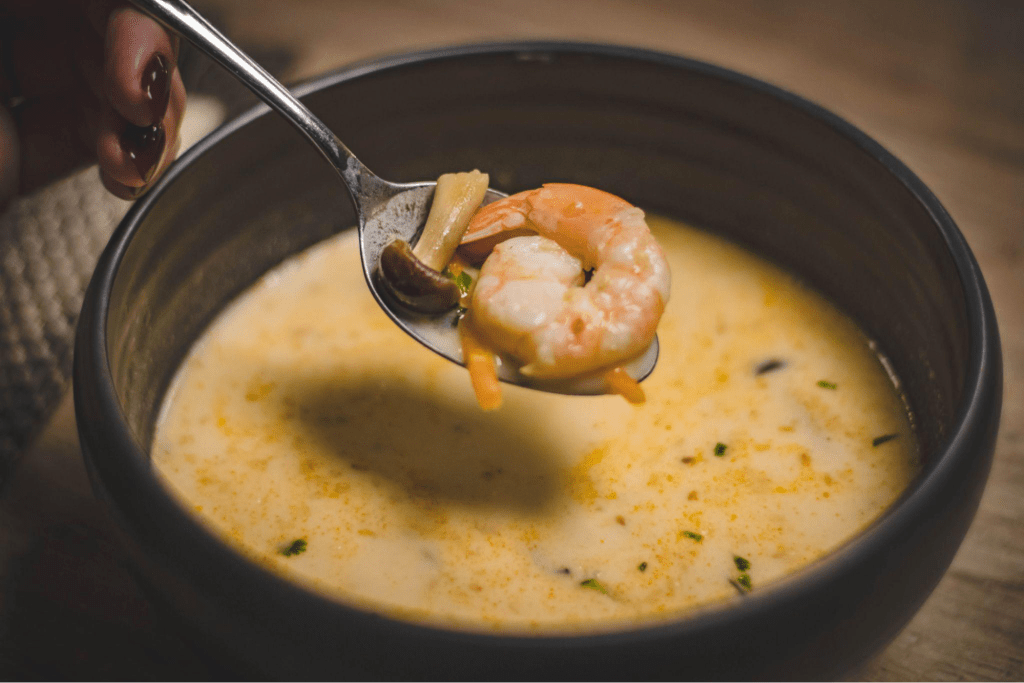
Imagine a burst of flavour that is simultaneously savoury, rich and satisfying, leaving your taste buds craving for more. This sensation is known as umami, the elusive fifth taste that has been intriguing food scientists and chefs alike.
While umami has been recognised for its presence in certain foods like mushrooms, tomatoes and cheese, recent research has shed light on the role of seafood in unlocking the full potential of this unique taste sensation.
Let’s delve into the science of umami and explore how seafood, with its diverse and complex flavours, can unlock the fifth taste sensation like no other. Have you gone to your local seafood market lately?
A Taste Beyond Sweet, Sour, Salty and Bitter
Umami, a Japanese term meaning ‘pleasant, savoury taste,’ was first identified by a Japanese chemist, Kikunae Ikeda, in 1908. It’s characterised by a unique combination of flavours that are often described as savoury, meaty or brothy. Umami is distinct from the four primary tastes—sweet, sour, salty and bitter—and, as mentioned earlier, is recognised as the fifth taste sensation.
The Science Behind Umami
At the molecular level, umami taste is triggered by specific compounds, primarily glutamate and nucleotides. Glutamate is an amino acid that is naturally present in many foods, including seafood, which is often featured in delicious recipes on Corrie Cooks.
In fact, seafood is known to be one of the richest natural sources of glutamate, with certain types of fish and shellfish containing high levels of this amino acid.
Nucleotides, on the other hand, are compounds that can enhance the umami taste by interacting with receptors on the taste buds.
Seafood and Umami
Seafood, with its diverse array of flavours, has the ability to unlock the full potential of umami taste. Many types of fish, such as tuna, mackerel and sardines, are naturally rich in glutamate, making them an excellent source of umami flavour. Shellfish, including oysters, clams and scallops, are also known for their umami-rich profiles.
Furthermore, seafood often contains naturally occurring nucleotides, which, as we learned earlier, can further enhance the umami taste. For example, certain types of fish, such as bonito and anchovies, are often used to make dashi, a traditional Japanese broth revered for its intense umami flavour.
Dried fish or fish sauce, commonly used in Southeast Asian cuisine, also contains high levels of nucleotides, adding depth and complexity to dishes.
Cooking Techniques That Enhance Umami in Seafood
Apart from the natural umami-rich properties of seafood, cooking techniques can also play a significant role in enhancing umami flavours. For instance, grilling, searing and broiling seafood can create a Maillard reaction, a chemical reaction that produces a rich umami taste by browning the surface of the fish.
In addition, fermenting and ageing seafood, such as fish sauce or fermented fish products, can intensify the umami flavours due to the breakdown of proteins into amino acids like glutamate.
The Culinary Applications of Seafood Umami
The unique umami flavours of seafood have been widely used in culinary applications around the world. In Japanese cuisine, for instance, seafood is a staple ingredient in many umami-rich dishes, including sushi, miso soup and tempura. For Italians, seafood like anchovies and clams are often used to create rich, savoury sauces for pasta and risotto.
The unique combination of flavours, textures and nutrients in seafood creates a culinary experience that is both savoury and satisfying. From the briny freshness of oysters to the rich umami notes of miso-marinated fish, seafood is, without question, a treasure trove of deliciousness!
